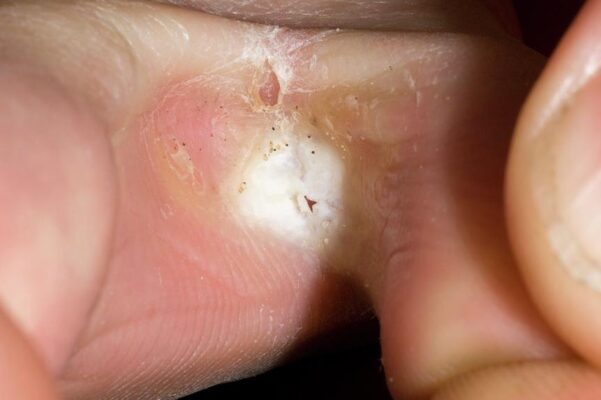What is Athletes foot?
A very common fungal infection usually affecting the feet, especially between the toes.
Up to 70% of the population have it at some time. People who have diabetes get it more frequently and it is more important that it is treated early to prevent any infection getting into the cracks. Men are more prone to it get it.
The first sign is usually itching and then cracks or blisters appear.
The treatment is usually a simple antifungal cream bought over the counter
To avoid getting it make sure you always dry your feet well and if use cotton socks or breathable shoes.
This can be contagious and may be caught at public pools, gyms or from contaminated socks or shoes.


Treatment
1. Try to keep feet dry, clean, and friction-free
2. Wear absorbent cotton socks
3. Put powder on feet and between toes
4. Buy over the counter anti-fungal creams and powder and continue using for approx. 4 weeks or at least 1 week after symptoms go.
More advanced or resistant cases of athlete’s foot may need a course of antifungal tablets.
Nail fungus
Nail fungus is a common condition that begins as a white or yellow spot under the tip of your fingernail or toenail. As the fungal infection goes deeper, nail fungus may cause your nail to discolor, thicken and crumble at the edge. It can affect several nails.
This is slightly harder to treat and requires a prolonged use of antifungal tablets by mouth at least 3-4 months depending how quickly your toenails grow.
In severe cases of fungal infection the nail can become painful and may cause permanent damage to the nail. It may also lead to other serious infections that spread beyond your feet if you have a suppressed immune system due to medication, diabetes or other conditions.
Any person with diabetes may have reduced blood circulation and feeling in your feet and is at a greater risk of a bacterial skin infections such as cellulitis. So it is vital to look after your feet including any nail fungal infection.

